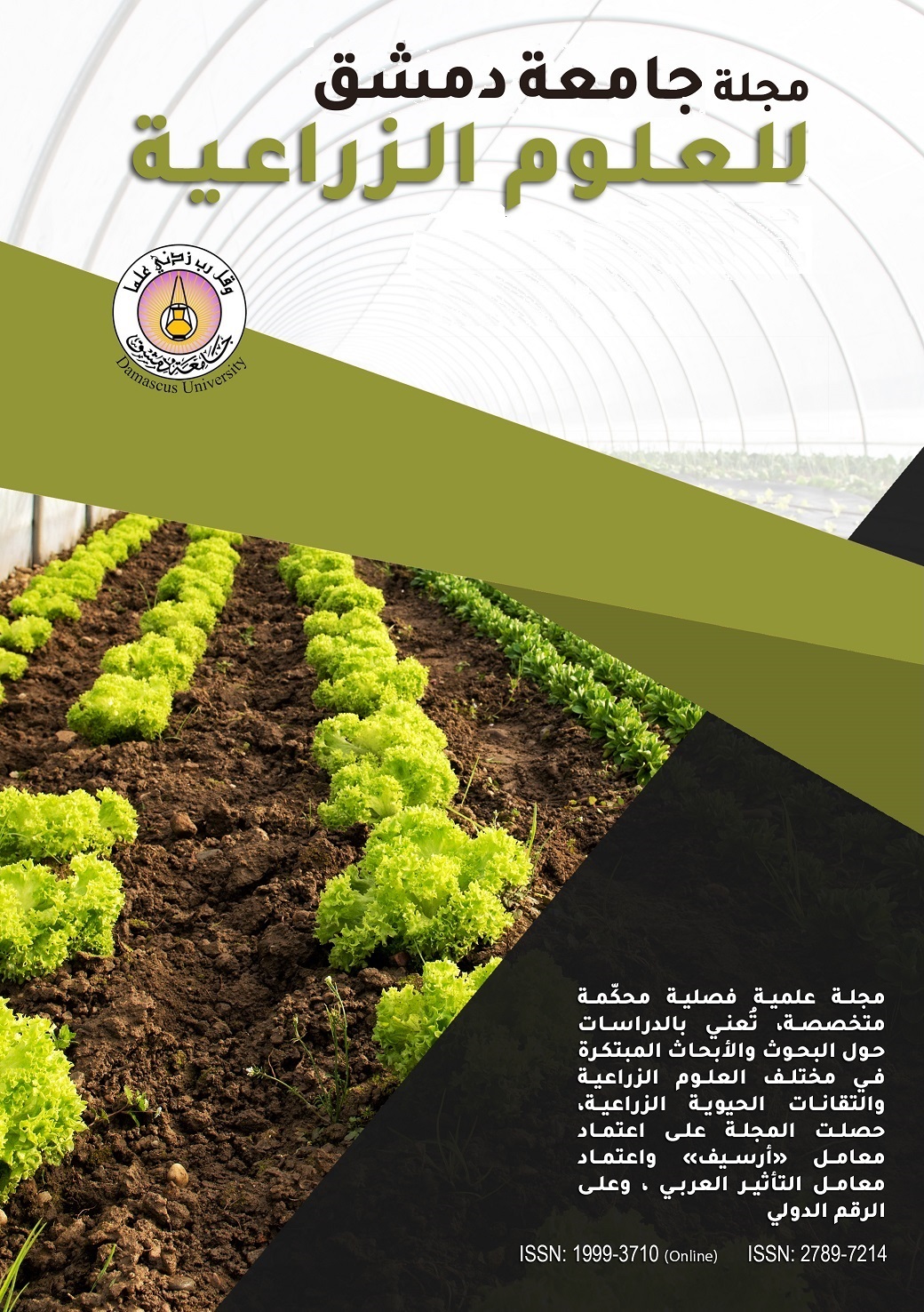Ovarian response of immature Syrian female hamster treated with different doses of hMG
Keywords:
Syrian hamster, hMG, superovulation, follicular developmentAbstract
Human menopausal gonadotropin (hMG) is commonly used in human assisted reproduction. However, effects of hMG on follicular development remain controversial, due to its high LH- content. The present study aimed to elucidate the relationship between the dosage of injected hMG and the ovarian response of immature Syrian hamsters. Three groups of immature Syrian female hamster (n=10) were administrated intraperitoneally with 5, 10 or 15 IU of hMG, respectively. As a control group, 10 cyclic females were permitted coitus with males of proven fertility and allowed to deliver pups. Ovaries were collected at 2 d after hCG administration, and all follicles and corpora lutea were counted under a stereomicroscope. The hMG administration induced significant (P< 0.05) and distinct morphological changes in the ovaries, as it promoted the follicular development with a dose – dependent manner. The mean number of follicles was 29.2, 40.6 and 42.2, respectively, as compared to a mean of 9.6 follicles in the control group. However, a reduced ovulation rate was recorded as only 1.7, 10.4 and 16 corpora lutea were found in the ovaries. Overall, the present findings suggest that hMG, while suitable for inducing multiple follicular development in Syrian hamster, affected negatively on ovulation rates, thus, is largely ineffective for producing multiple embryos suitable for transfer.

